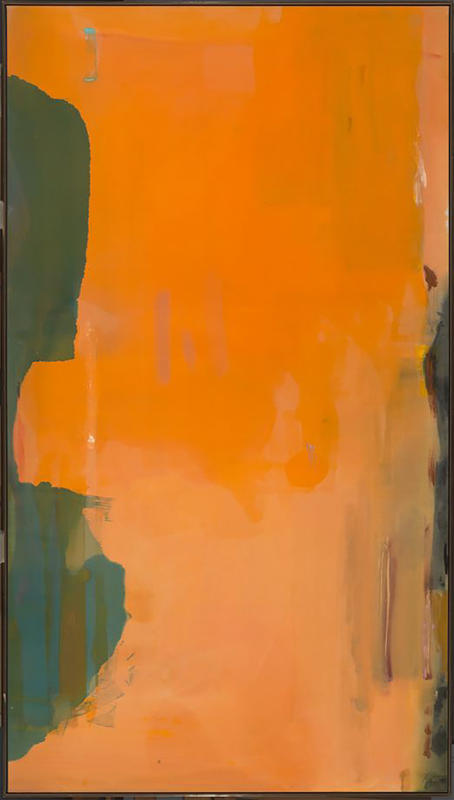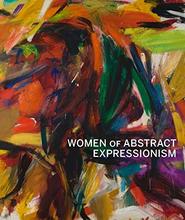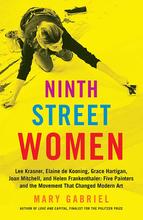More about Crusades
- All
- Info
- Shop

Contributor
Helen Frankenthaler's 1976 painting, Crusades, lives up to its name. Don't see any battles? That's because many of them happened off-screen.
Frankenthaler’s classic example of Color Field painting fought crusades of its own that, while not religious, called into question the evolution of modern art as well as the artist’s gender.
After Jackson Pollock had finally convinced people that yes, dripping paint on canvas was considered Art, his peers struggled with continuing his trend of innovation. What else could you do with paint that you hadn’t done before? You know, other than paint with it.
Twenty-four-year-old Helen Frankenthaler had the answer. Proclaiming “Copying…is sinning!”—upon which God gasped and promptly changed the Ten Commandments—Frankenthaler introduced her 40-year old peers to her newest artistic discovery: the “soak-stain” method.
For this technique, Frankenthaler poured heavily diluted paints onto a canvas, creating luminous layers of color. As laundry machines screamed in horror (staining! takes! lives!), artists sang praises about its spontaneity and physicality. More importantly, Color Field painting made possible the transition from Abstract Expressionism to Minimalism. “Boy, did we really need that,” Donald Judd must have hooted, giving de Kooning a playful slap on the arm.
Crusades, now on display at the de Young Museum of Fine Arts in San Francisco, demonstrates Frankenthaler’s solution to “get[ing] what one thinks and feels in one’s mind and wrist and experience through to this medium.” Let yourself show through, she advised…
…a motto that critics in the 1950s and 60s, like those of Georgia O’Keefe, took way too literally. One critic even read her paintings as images of “menstruation and the liquid world of the feminine." In lieu of tampons, Frankenthaler had resorted to using canvas! Most critics thought that her paintings “clearly” indicated a woman’s handiwork. What could their lyrical curves mean if not the seductiveness of a woman’s body or the sensuality of her psyche?
As beautiful as a wash of orange may be, however, someone who feels sexually attracted to large patches of color may find a more apt subject in paint samples at Home Depot than in Frankenthaler’s paintings. Crusades, in all its layered beauty and cadences of color, concerns not the female body but “picture-making, pure and simple.” It was part of a larger crusade for ending stagnation in radical art and the eventual birth of Minimalism. And, upon retrospection, it is also part of a battle for the separate consideration of artistic talent and gender. Especially not automatically assuming menstruation if the artist is a woman. After all, Jackson Pollock leaked all over his canvases, too.
Sources
- Elderfield, John. "After a Breakthrough": On the 1950s Paintings of Helen Frankenthaler." MoMA 2, no. 1 (1989): 8-11.
- Frankenthaler, Helen. "The Romance of Learning a New Medium for an Artist." The Print Collector's Newsletter 8, no. 3 (July 1977): 66-67.
- Saltz, Jerry. "Helen Frankenthaler: A Wind that Lashes Everything at Once." Artnet. December 28, 2011. http://www.artnet.com/magazineus/features/saltz/helen-frankenthaler-12-….
- Schumacher, Bett. "The Woman Problem: Gender Displacement in the Art of Helen Frankenthaler." Woman's Art Journal 31, no. 2 (2010): 12-21.













